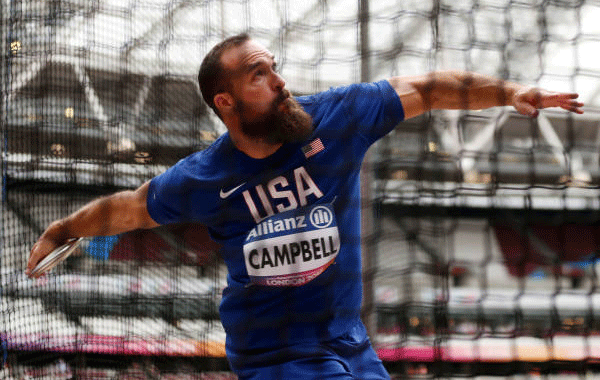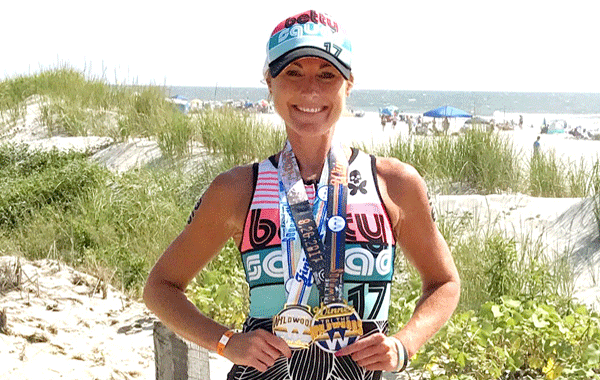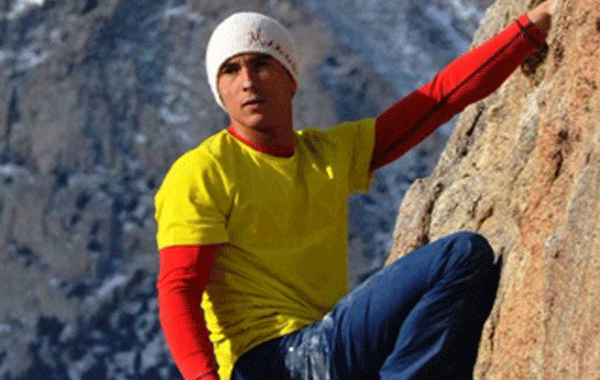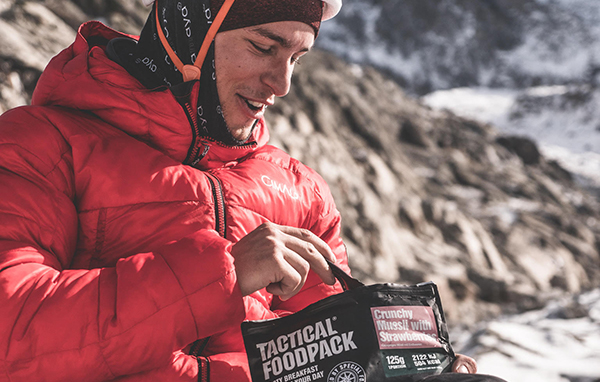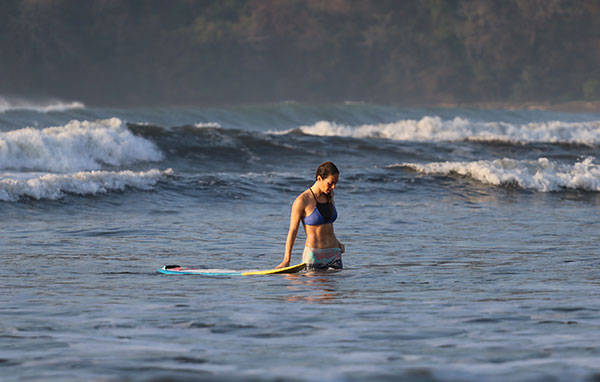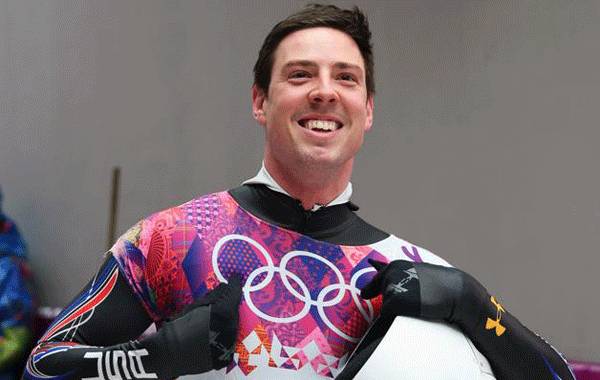
Kyle Tress was intrigued by the sport of skeleton as soon as it was reintroduced to the Olympics in 2002.
WHEN SEKELTON returned as a sport to the Olympics in 2012, after a 48-year spell on the sidelines, Kyle Tress was instantly fascinated by the discipline. The speed and danger associated with it seemed to match his sporting ambitions.
It wasn’t long before he had had his first taste of skeleton and his initial feelings were correct – he went on to have a 16-year Olympic career becoming a firm favourite among his country’s sporting fans.
What’s more is that at a time when athletes are under more scrutiny than ever, Kyle took a stand with his fellow race team members to work towards the eradication of doping in sport. You can read about that and other career highs in the fascinating interview he gives below.
To find out more about Kyle visit www.kyletress.com, which includes insight into the world of skeleton, updates on projects he’s currently involved in and his thoughts on some of the English literature which has inspired him the most.
When were you first introduced to the sport of skeleton and how well known was it when you first started out?
I discovered skeleton in 2002, largely by accident. The sport was returning to the Olympic Games after a 48-year hiatus, and it was getting a lot of media coverage. Skeleton has always been a niche sport, especially before the 2002 Olympics, but it exploded in popularity after those Games. I can’t remember why I was initially attracted to skeleton, but I knew almost instinctively it was something I wanted to pursue on a professional level. I had always wanted to be an Olympian, and I liked the individual nature of the sport. The speed and danger appealed to me as well. I registered for a combine test that June in Towson, Maryland, and six months later I took my first trip down the track in Lake Placid, NY. I can vividly recall that first run and the feeling I had when I reached the finish line; it was a “this is it” moment. I’m deeply appreciative of the serendipity and timing that led me to a successful 16-year Olympic career.
What do you see as some of your biggest successes in your sport?
Competing in the 2014 Olympic Games is certainly high on my list, but I’ve had a few off-ice successes, too – most notably the role I played in getting the 2017 World Championships moved from Russia in response to their massive state-sponsored doping programme. I’m also proud of how I handled a difficult 2013 pre-Olympic season, when it felt like the coaching staff had counted me out and my career was over. Rebounding from that experience and proving everyone wrong taught me about failure and resilience.
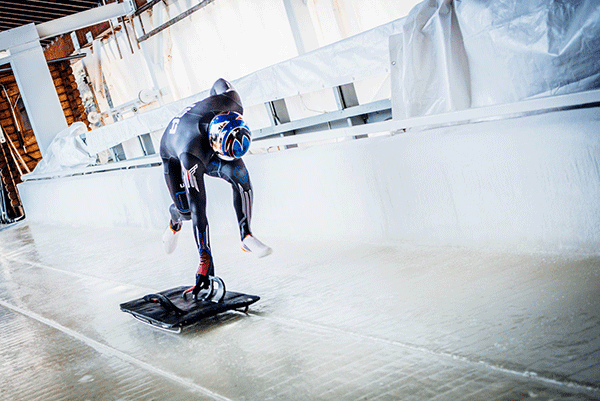
Kyle pictured during a training session.
Who were your biggest inspirations, supporters and mentors during your skeleton career?
I wouldn’t have been successful if it weren’t for my two greatest competitors, John Daly and Matt Antoine. We made each other stronger, not through rivalry, but friendship. We made a pact early in our careers: to one day walk into Opening Ceremonies at the Olympic Games together as teammates. That inspired me throughout my entire career, and we achieved it in February 2014.
There are many others whom I admire, but I want to mention one person in particular: Steve Holcomb, who tragically passed away before the 2018 Olympic Games. Steve was the international face of bobsled. He won countless medals and broke countless records, and he did so while fighting a degenerative eye disease that nearly cost him his vision. He overcame that challenge like he did every other: stoically and humbly. When Steve died, many remembered him for his accomplishments. Those of us lucky enough to call him a friend remembered him for his character. He was a brilliant example that there is more to life than medals.
Tell us about where your main focus has been since you retired?
Two days after retiring from skeleton, I flew to Tokyo to accept a head coaching position for Team Japan. Coaching was an incredible experience, but it’s not something I’m interested in as a career. I don’t want skeleton to be the only thing – or the biggest thing – I do with my life. I was recently accepted to Yale, so I’m enrolling in the fall to finish my undergraduate degree. It’s a dream come true and I feel very fortunate, but at the same time it’s a massive change. My focus is now on preparing for school and figuring out how to make the most of my time at Yale. I’m ready to move on and eager to face new challenges.
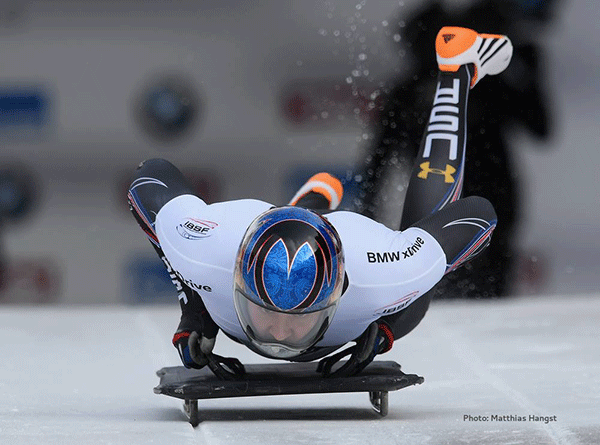
Since his retirement Kyle has taken up a head coaching position for Team Japan.
In which areas of skeleton are you still involved and what work in terms of promoting the sport are you involved in?
Today, I’m mostly involved in the governance of skeleton and the US Olympic movement. I’m an athlete representative to the United States Olympic Committee and a member of the USA Bobsled/Skeleton Board of Directors. These are crucial positions for representing and protecting the voice of athletes, and a great way for me to give back to the sport which has given me so much.
I also run www.Sledsheet.com, a website with race results and athlete profiles. Now that I’m retired I’d like to invest some time into improving it, and maybe even expanding it into a tiny media company devoted to the sliding sports. It’s a fun way for me to stay involved while helping to grow the fanbase. More importantly, the official bobsled and skeleton websites are truly terrible, and marketing in the U.S. is basically nonexistent.
How do you see the future of the sport and our there any ways you intend to increase its support and participation around the world?
I’m concerned not just for the future of skeleton, but for winter sports in general. The climate is changing, and it’s becoming increasingly difficult for cities to host large winter events like the Olympic Games. Bobsled, Skeleton, and Luge tracks are notoriously expensive to build, operate, and maintain. Most cities have no use for a 300 million dollar facility after the spectators leave. They are realizing that despite what the International Olympic Committee says, hosting the Games isn’t good business. I’m worried the sliding sports would be first on the chopping block of a fiscally conservative Olympics. There are potential solutions to these problems, though. The Games could rotate between a few select cities, and the international federation could invest in modular track technology which would allow for temporary facilities that break down after closing ceremonies.
Solving these issues will be critical to securing the future of skeleton. Once that happens, the issue turns to participation and development. Skeleton needs to grow in Asia and North America, and in the United States we need to figure out the mess surrounding the financial support of our Olympians and Olympic hopefuls. The good news is that people love skeleton, they just might not know it.
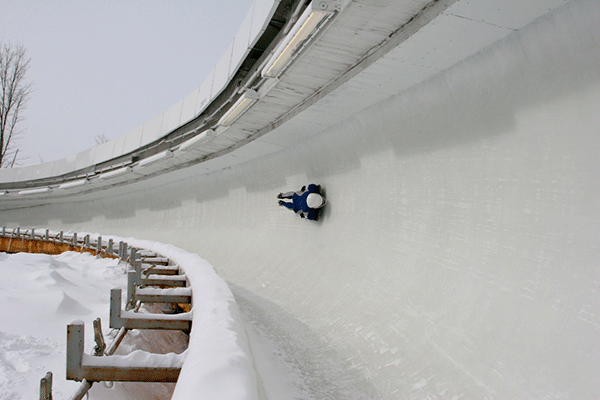
Kyle is positive about the future of skeleton if the right methods are applied to promoting it.


